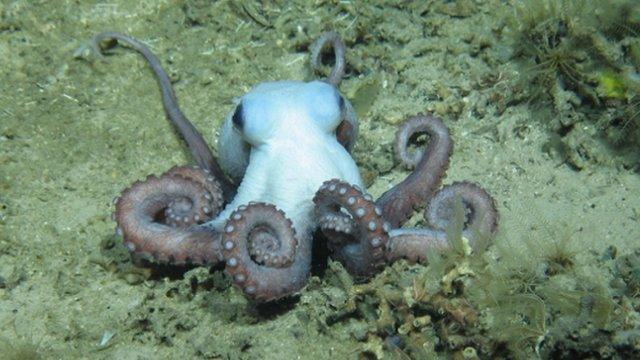Mystery of deep-sea 'purple sock' solved
- Published
Prof Greg Rouse on the first footage of a 'purple sock' in the wild
The mystery of a deep-sea creature that resembles a discarded purple sock has been solved, scientists report.
The animal, called Xenoturbella, is so bizarre that for 60 years researchers could not work out what it was - or where it fitted into the family tree.
But the discovery of four new species in the Pacific has enabled scientists to conclude that this animal belongs to one of the earliest branches of life.
The study is published in the journal Nature, external.
Lead researcher Prof Greg Rouse, from the Scripps Institution of Oceanography in the US, said: "Our nickname for them was purple socks.
"So if you think of a sock that you have taken off and thrown on the floor - they literally look like that.
"Or a deflated balloon."
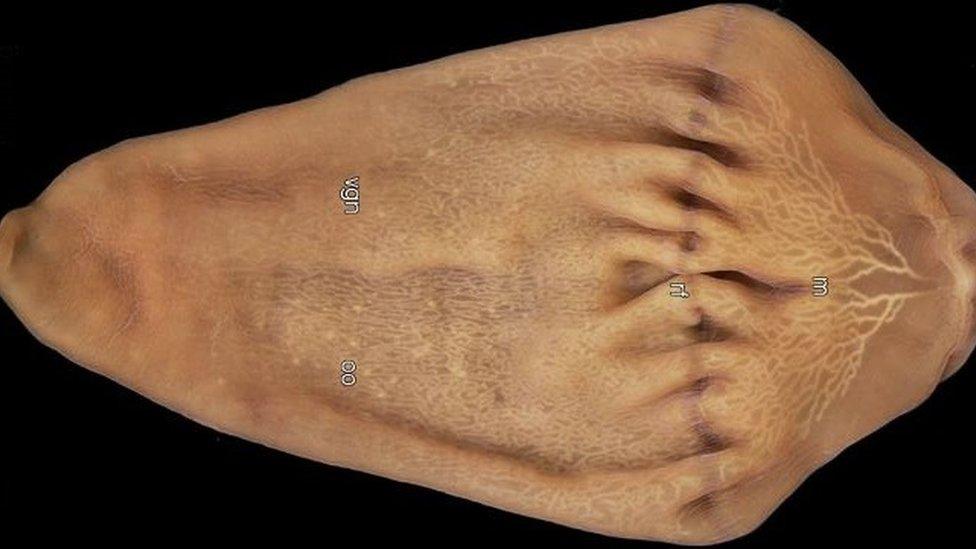
Genetic tests now reveal that the organism is primitive and is positioned at the base of the evolutionary family tree
Xenoturbella was first described in 1949.
The ocean oddity has no eyes, no brain and no gut. Just a small gaping mouth from which food goes in - and then waste comes out.
Only one species was known, and it left scientists scratching their heads.
Early genetic tests mistakenly placed the marine "sock" as a mollusc.
"But it turned out they had sequenced the DNA of what it eats," explained Prof Rouse.
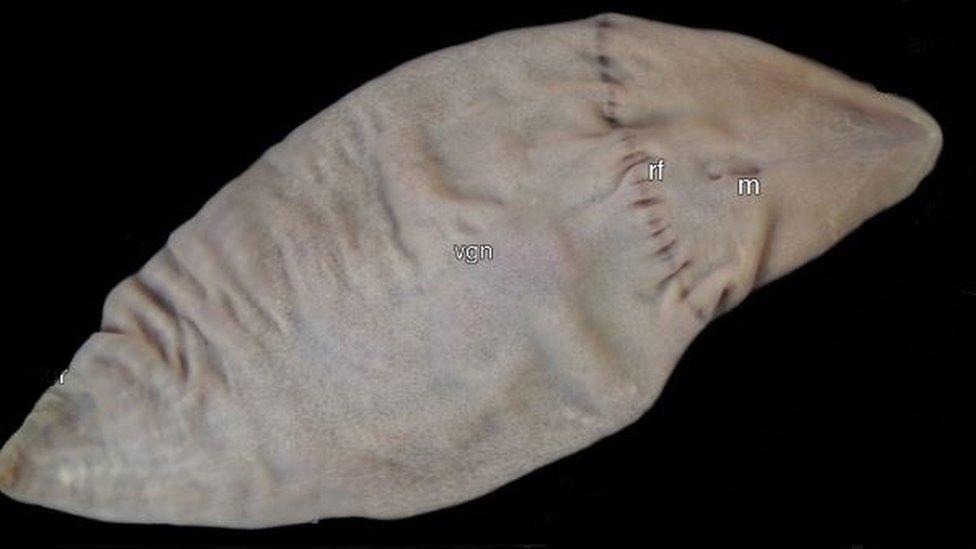
This strange deep-sea beast has baffled scientists for more than 60 years
Other researchers thought that it was a once-sophisticated creature that had got rid of all of its complex features as it evolved.
But the discovery of four new species from the depths of Pacific Ocean has allowed scientists to study this animal more closely.
With Remotely Operated Vehicles (ROVs), they have been able to film these creatures for the first time.
They include a new large specimen, which is more than 20cm-long, which has been called Xenoturbella monstrosa.
And also Xenoturbella churro: named after the sweet, fried Spanish pastry, which it resembles - in an admittedly less appetising way.
The new additions to the family have enabled scientists to carry out more extensive genetic tests.
"We corroborate the fact that they should be thought of as a fairly primitive group," said Prof Rouse.
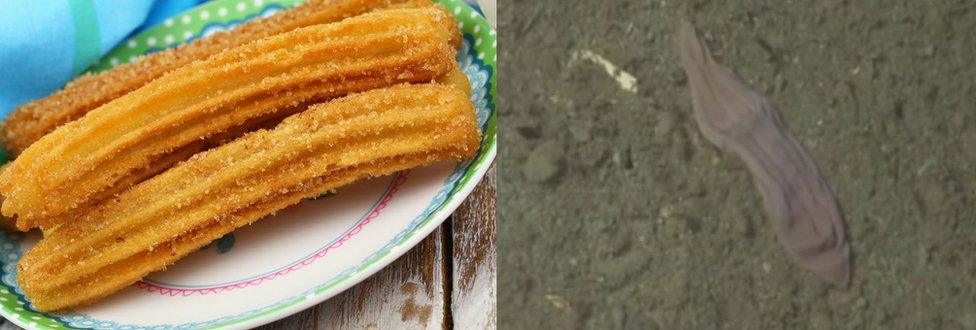
Can you spot the difference between this deep-fried snack and deep-sea 'sock'?
They sit near the base of the family tree, he added.
"A major branch on the evolutionary tree of life has now got another four new species instead of just one."
But if you think it is cased closed for Xenoturbella, think again.
"We've never seen it feeding," said Prof Rouse.
"We find it where these molluscs are, and when we sequence it, we find these molluscs, their DNA, is inside. But when we open them up, we find their gut is empty.
"And they just have a tiny little mouth opening. They don't have teeth, they don't have any sucking proboscis structure that could tear off a piece of some bivalve.
"It is a great unsolved mystery as to how Xenoturbella eats."
The team hopes future ocean expeditions will shed more light on this bizarre beast of the deep.
Follow Rebecca on Twitter, external
- Published3 September 2014
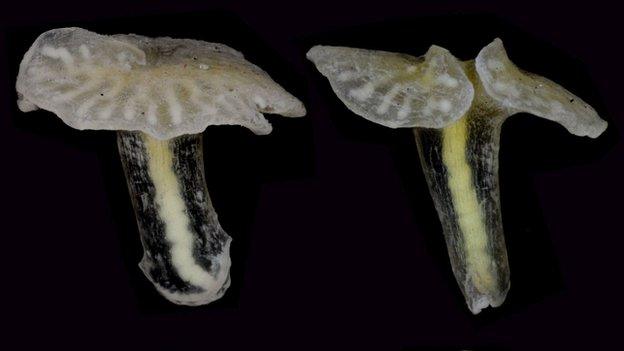
- Published17 July 2014
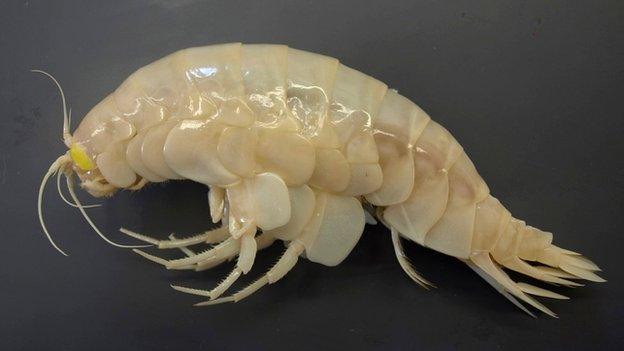
- Published4 August 2014
